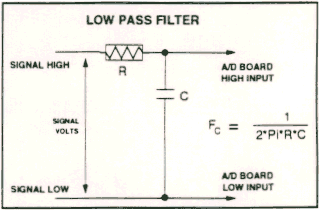Cookies de la web de Omega
Utilizamos cookies en la web. Estas cookies son esenciales para que la web que funcione correctamente. Si sigue sin cambiar la configuración, vamos a suponer
que usted está dispuesto a recibir todas las cookies de este sitio web.Para obtener más información acerca de las cookies, por favor haga clic aquí.
- Inicio
- Pedido rápido
- Productos
- Búsqueda
- Soporte
Referencia
Downloads
- Sobre Omega
- Mi cuenta
- Regiones
América
Europa
Acondicionadores de señal |
Acelerómetro |
Adquisición de datos |
Anemómetro |
Cable termopar |
Calibrador |
Cámara termográfica |
Caudalímetro |
Caudalímetro electromagnético |
Caudalímetro ultrasónico |
Célula de carga |
Controlador de temperatura |
Datalogger |
Etiquetas indicadoras de temperatura |
Galgas extensiométricas |
Indicadores de panel |
Manómetro |
Registradores de temperatura |
Resistencias de cartucho |
Resistencia de silicona |
Caudalímetros de área variable |
Sensores criogénicos |
Sensores de fibra óptica |
Sensor de nivel |
Sensor de temperatura |
sensores de temperatura industriales |
Sensores higiénicos |
Sensores inalámbricos |
Pt100 |
Termistor |
Termómetro infrarrojos |
Termopar |
Transductor de presión
OMEGA Declaración de privacidad |
Términos y Condiciones |
Cookies de la web de Omega |
Política de Cumplimiento de Controles de Exportación
Copyright 2003-2024 Omega Engineering
Copyright 2003-2024 Omega Engineering
MMV | 6 |


